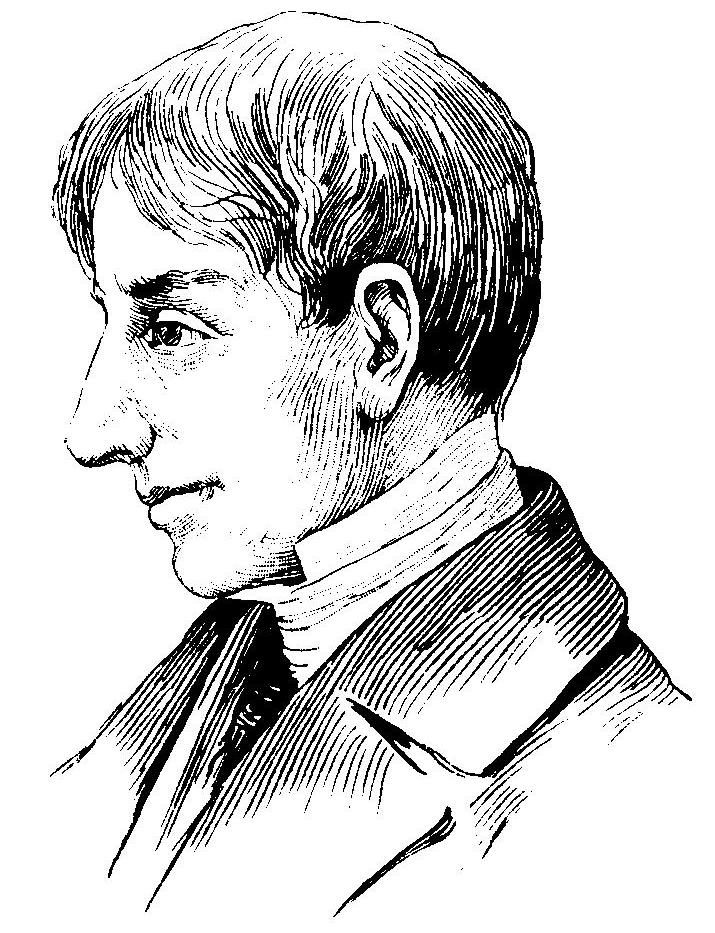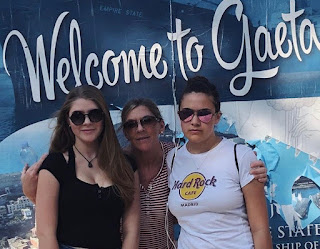Rawlins Lowndes a True Charlestonian?!
 |
| https://www.findagrave.com/memorial/38520477 |
Rawlins went on to become the chief law enforcement officer of the colony, provost marshal. In 1748, Rawlins married Amerinthia Elliott which helped him gain a seat to later become elected in the Commons House of Assembly. Tragically, Amerinthia passed away in childbirth in 1750 But Rawlins named one of his daughters after her. It truly is a beautiful name. In the years ahead, he had married two other women, one named Mary Cartwright who he was with for 20 years. and then he married Sarah Jones 3 years later and was with her until he passed.
Rawlins' health started to worsen with all of his public duties as provost marshal and had to resign. He then spent a year in England so that he could regain his health and returned to South Carolina in 1755. When he returned he became prominence in the Commons House of Assembly.
In 1776, Rawlins was elected to represent St. Bartholomew's parish in the house of representatives in the first and second general assembly. He was then elected to serve as chief executive for South Carolina in 1778. And then, as president, he approved some major changes to the state's constitution. One change Rawlins did was he changed the title of chief executive office from being called president to governor. His major changes removed the governors power to veto legislation.
South Carolina Encyclopedia writes that Rawlins tenure as president was frustrating because he was "reluctant" to use the powers of his office.
Another interesting fact about Rawlins is in 1779, he resigned as president and held important posts and played a major role in the revolutionary war.
 Although after he resigned he suffered from immense property losses during the British occupation of South Carolina. In 1780 he petitioned to restore his rights of a British subject. In doing so, his property did not get confiscated by the South Carolina state legislature, but he was stripped of his full citizenship! He then regained citizenship in 1783. In the long run, it was a pretty smart move by Rawlins in order to save his property.
Although after he resigned he suffered from immense property losses during the British occupation of South Carolina. In 1780 he petitioned to restore his rights of a British subject. In doing so, his property did not get confiscated by the South Carolina state legislature, but he was stripped of his full citizenship! He then regained citizenship in 1783. In the long run, it was a pretty smart move by Rawlins in order to save his property.
The two pictures above are pictures from St. Phillips Church graveyard. I don't know exactly where Rawlins gravestone is located but the site, find a grave showed a map view of the slight whereabouts that his grave is located. So I took pictures of the area but most of the gravestones are so old that they are unreadable.
To continue with Rawlins, he was then elected in 1778 to represent St. Phillips and St. Michaels parish for the house of representatives and participated in the 7th and 8th general assembly until 1790.
It is written by Carolina. com that Rawlins Lowndes "strenuously" objected to the original U.S. Constitution. He objected the restrictions on slavery and congresses power to regulate commerce.
In1800 he then passed from a small illness in his home in Charleston, South Carolina. He is buried in Charleston in St. Phillips Episcopal Church graveyard.
I searched all of St. Phillips Church graveyard for Rawlins gravestone but I could not find it. I also looked it up but I couldn't find any images of his stone. I did find the gravestone of his son Thomas Lowndes as posted below to the left. I also found Thomas's grave memorial posted to the bottom right.


South Carolina Encyclopedia writes that Rawlins tenure as president was frustrating because he was "reluctant" to use the powers of his office.
Another interesting fact about Rawlins is in 1779, he resigned as president and held important posts and played a major role in the revolutionary war.
 Although after he resigned he suffered from immense property losses during the British occupation of South Carolina. In 1780 he petitioned to restore his rights of a British subject. In doing so, his property did not get confiscated by the South Carolina state legislature, but he was stripped of his full citizenship! He then regained citizenship in 1783. In the long run, it was a pretty smart move by Rawlins in order to save his property.
Although after he resigned he suffered from immense property losses during the British occupation of South Carolina. In 1780 he petitioned to restore his rights of a British subject. In doing so, his property did not get confiscated by the South Carolina state legislature, but he was stripped of his full citizenship! He then regained citizenship in 1783. In the long run, it was a pretty smart move by Rawlins in order to save his property.The two pictures above are pictures from St. Phillips Church graveyard. I don't know exactly where Rawlins gravestone is located but the site, find a grave showed a map view of the slight whereabouts that his grave is located. So I took pictures of the area but most of the gravestones are so old that they are unreadable.
To continue with Rawlins, he was then elected in 1778 to represent St. Phillips and St. Michaels parish for the house of representatives and participated in the 7th and 8th general assembly until 1790.
It is written by Carolina. com that Rawlins Lowndes "strenuously" objected to the original U.S. Constitution. He objected the restrictions on slavery and congresses power to regulate commerce.
In1800 he then passed from a small illness in his home in Charleston, South Carolina. He is buried in Charleston in St. Phillips Episcopal Church graveyard.
I searched all of St. Phillips Church graveyard for Rawlins gravestone but I could not find it. I also looked it up but I couldn't find any images of his stone. I did find the gravestone of his son Thomas Lowndes as posted below to the left. I also found Thomas's grave memorial posted to the bottom right.


I enjoyed learning about Rawlins Lowndes. He is a very interesting man who sure has done a lot in his life time and a lot for the city of Charleston.




Comments
Post a Comment